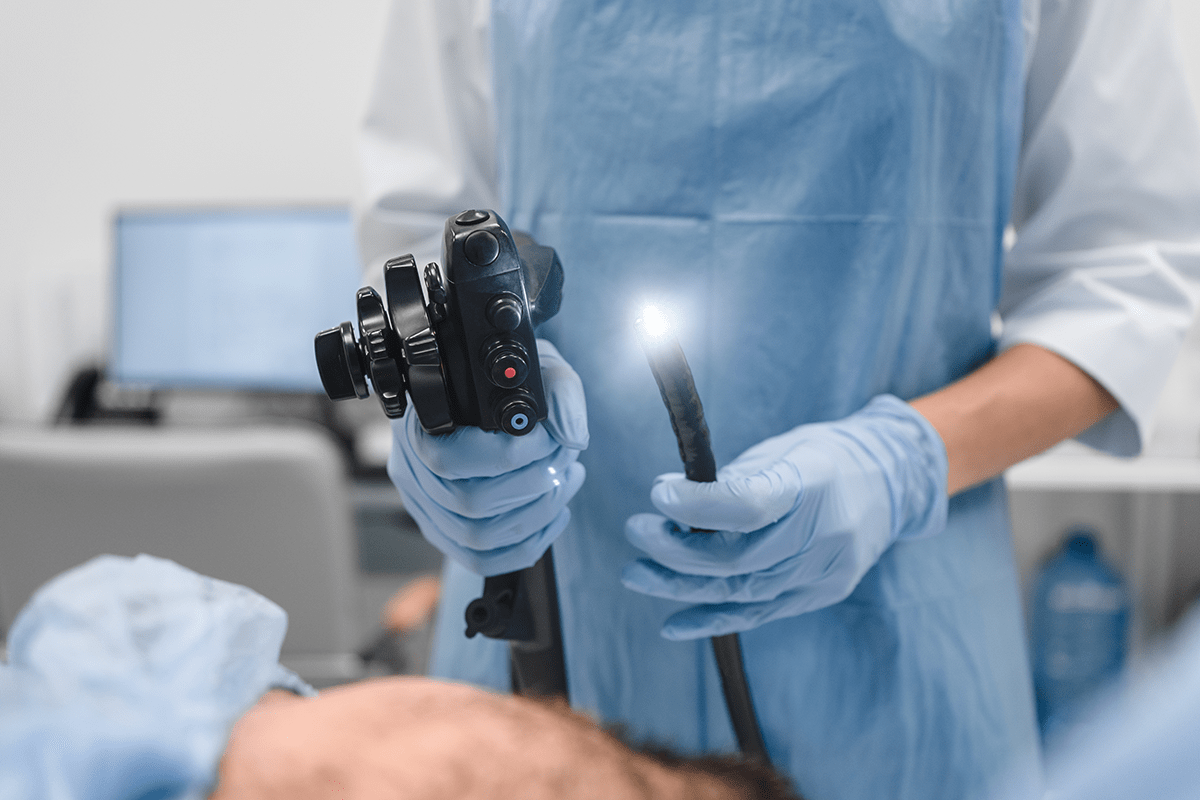Medical procedures can be costly, especially when they involve specialised diagnostic tools like an endoscope. In Singapore, an endoscopy is commonly used to examine the digestive tract and detect conditions such as ulcers, inflammation, or early signs of cancer.
While the procedure is often essential, understanding how to manage its cost can reduce financial stress and ensure timely medical care. If you’re preparing for an endoscopy, here’s how to plan ahead, explore your options, and effectively manage your cost of endoscopy in Singapore.
Understand What an Endoscopy Involves
An endoscopy is a procedure where a doctor inserts a thin, flexible tube with a camera (called an endoscope) into your digestive tract to examine internal organs. There are different types, such as:
- Gastroscopy: Examines the esophagus, stomach, and upper small intestine
- Colonoscopy: Examines the colon and rectum
- Sigmoidoscopy: Focuses on the lower part of the colon
The type of endoscopy recommended depends on your symptoms and medical history. Each variation can affect both the scope and the cost of the procedure.
Know the Average Endoscopy Cost in Singapore
The endoscopy fee in Singapore varies depending on several factors, including whether the procedure is done in a public or private healthcare facility, whether sedation is used, and if biopsies or polyp removal are required.
Here’s a general breakdown:
- Public hospitals: SGD 600 to SGD 1,200 (with subsidies for Singapore citizens and PRs)
- Private hospitals/clinics: SGD 1,500 to SGD 3,000 or more
The price may also increase if additional tests or procedures are done during the same session. Understanding the average cost helps set expectations and avoid surprises when the bill arrives.
Check if You’re Eligible for Subsidies
If you are a Singaporean citizen or Permanent Resident, you may qualify for subsidies at public hospitals under schemes such as:
- MediShield Life: A basic health insurance plan that covers large hospital bills, including some endoscopic procedures.
- Medisave: Allows you to use funds from your CPF account to cover part of the cost — typically up to a few hundred dollars per procedure.
- CHAS (Community Health Assist Scheme): Offers further subsidies at participating clinics if you hold a CHAS card.
To take advantage of these subsidies, your procedure must be recommended by a public hospital specialist and not performed purely for preventive or elective reasons.
Consult Your Insurance Provider
If you have an integrated shield plan or private health insurance, check with your provider to see what’s covered. Many private insurance plans cover endoscopy, especially if it’s medically necessary. Ask your insurer:
- Is the procedure covered in full or partially?
- Are there preferred healthcare providers for cashless claims?
- Is prior authorisation required?
- Can you choose between public and private hospitals?
Having clear answers can help you plan your budget more accurately and avoid unexpected out-of-pocket expenses.
Ask for a Cost Estimate Beforehand
Whether you’re going to a public or private facility, always request a detailed quotation before undergoing the procedure. A cost estimate should include:
- Consultation fees
- Procedure charges
- Sedation or anaesthesia (if used)
- Biopsy or lab test fees
- Facility and recovery room charges
Some clinics offer package prices that bundle all these components into a single rate, which can be more transparent and easier to budget for.
Plan for Additional or Follow-Up Costs
Budgeting doesn’t end with the procedure itself. Depending on your results, you may require follow-up consultations, further tests, or treatment. Be sure to:
- Factor in transport and time off work
- Include the cost of medication, if prescribed
- Set aside extra funds for potential repeat procedures or specialist referrals
Having a buffer in your healthcare budget will give you peace of mind in case additional care is needed.
Consider Medical Financing Options
If you’re concerned about upfront costs, several clinics and hospitals in Singapore offer medical financing or instalment plans. These can break down your bill into manageable monthly payments. Some options include:
- Credit card 0% instalment plans for medical bills
- In-house financing from private clinics
- Medical loan services through third-party providers
Explore these options if paying the full cost upfront isn’t feasible.
Conclusion
An endoscopy is a valuable diagnostic tool that can detect serious health conditions early, but it’s important to plan for the financial side of the procedure. By understanding the typical endoscopy cost, knowing your eligibility for subsidies or insurance claims, and preparing for follow-up expenses, you can undergo the procedure with confidence and financial clarity. Smart budgeting ensures that medical concerns don’t become financial burdens, allowing you to prioritise your health without hesitation.




